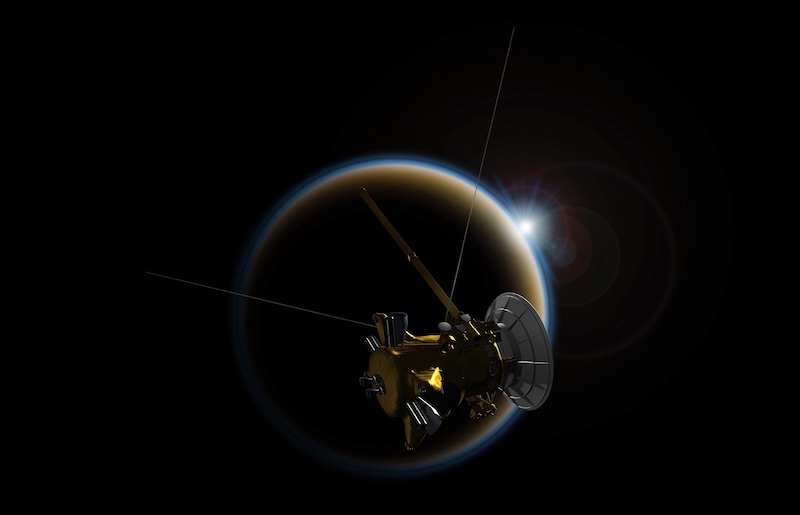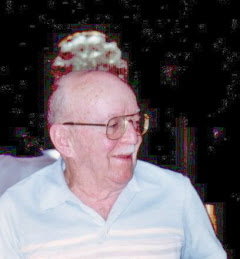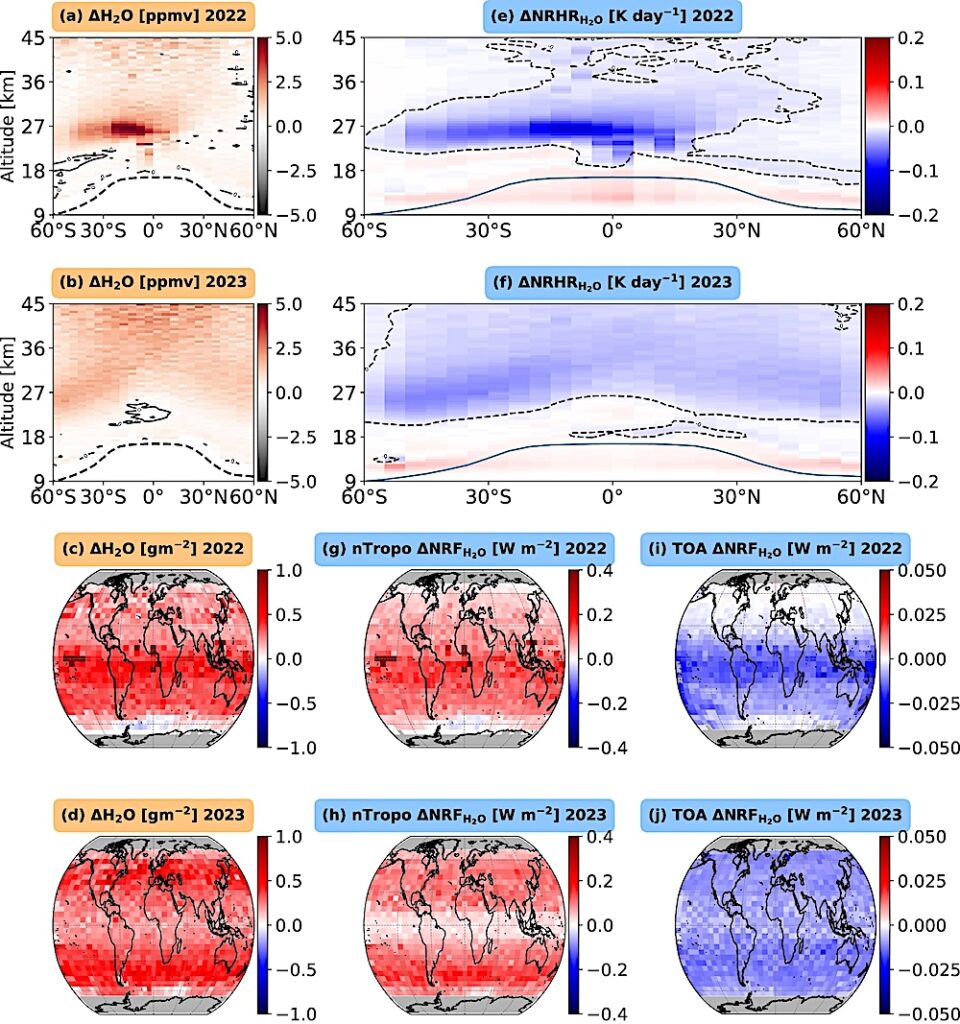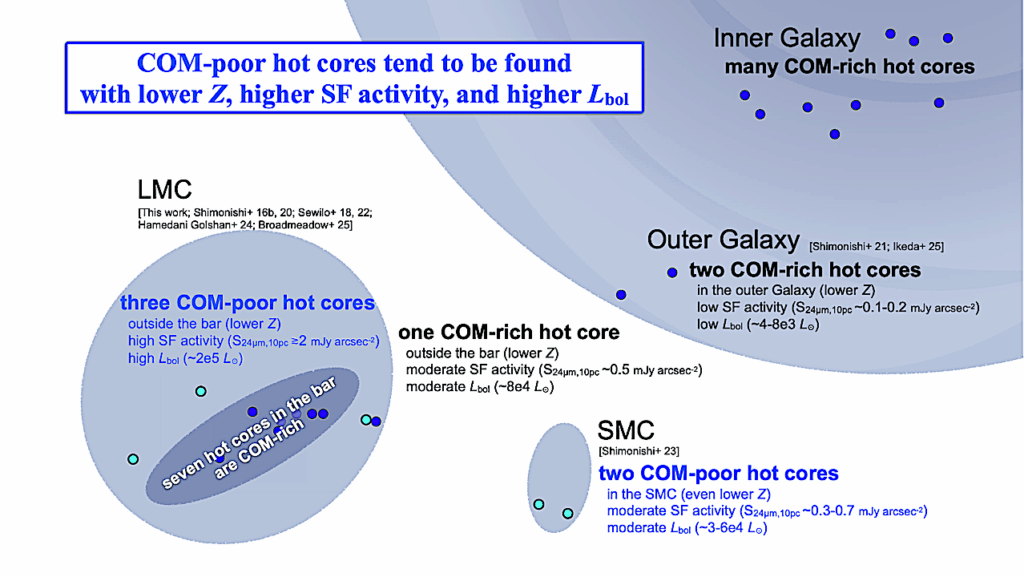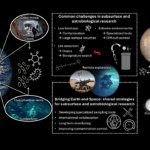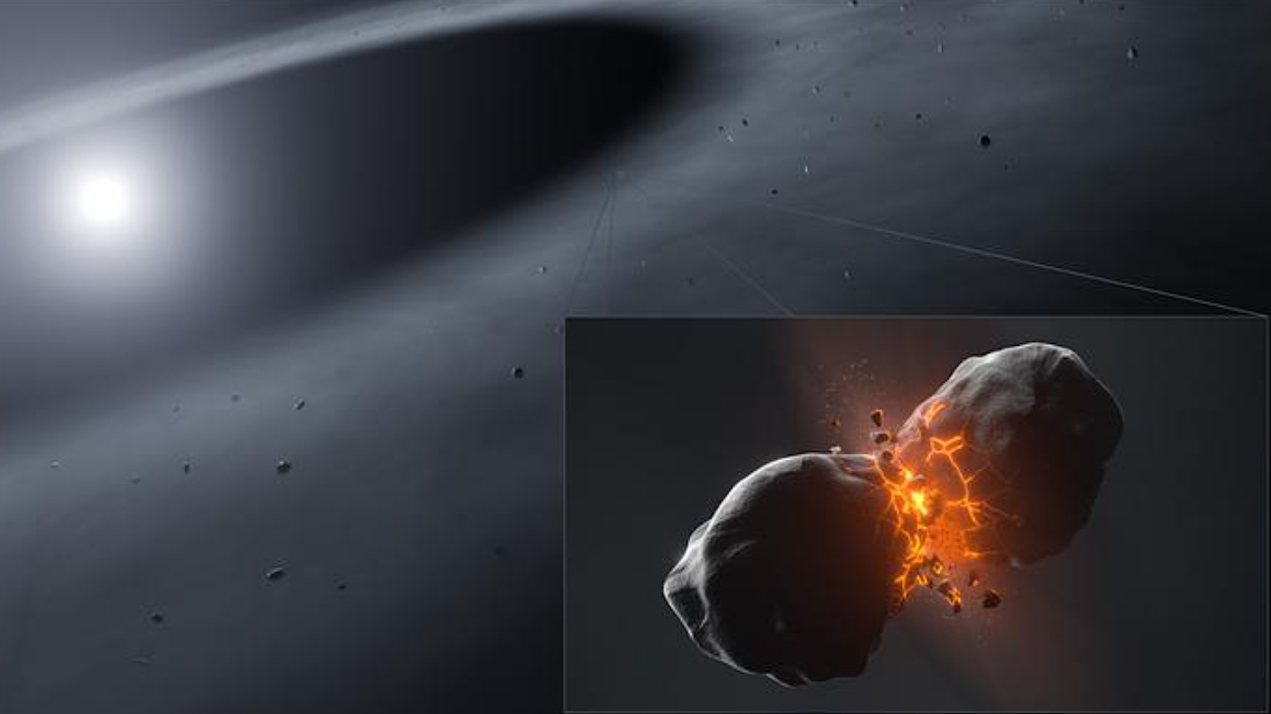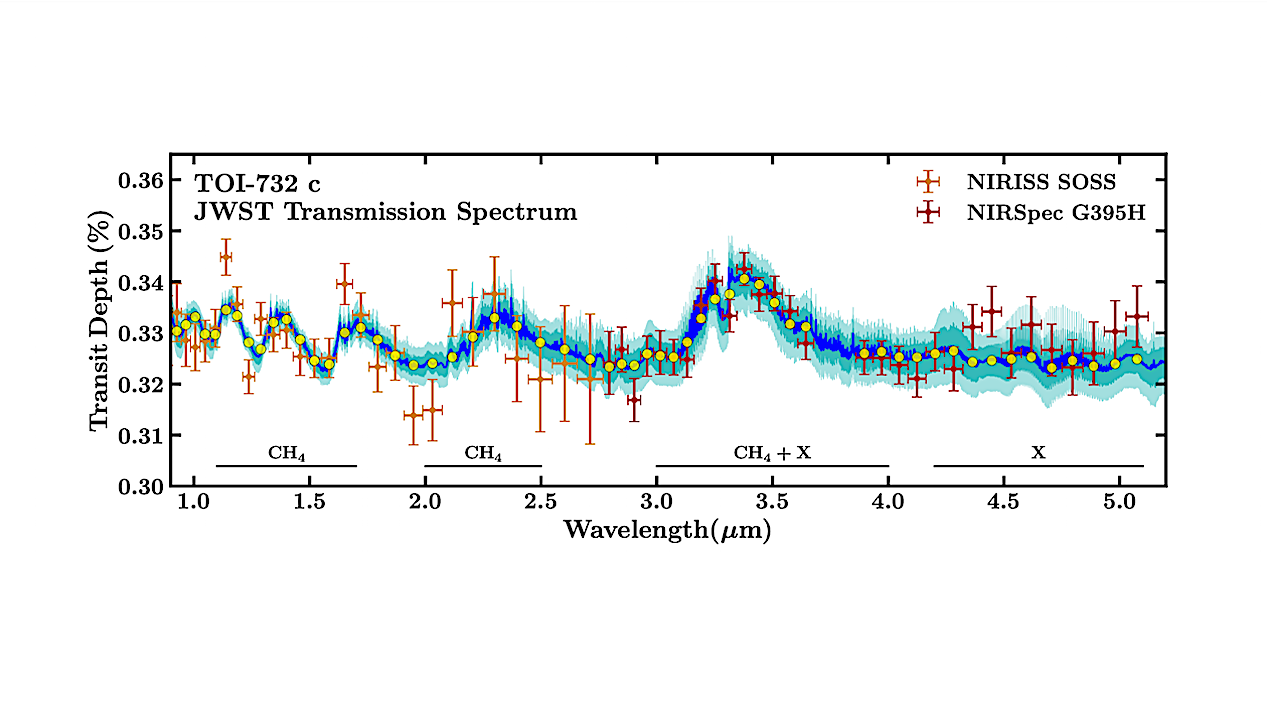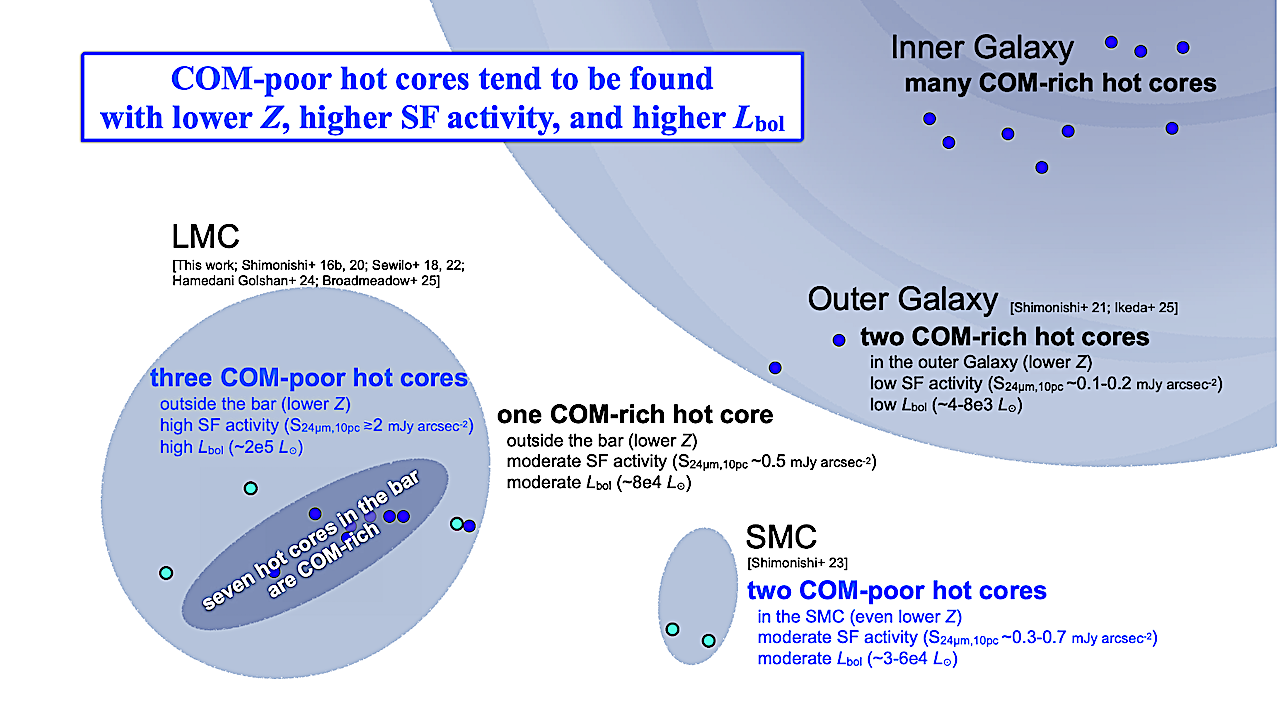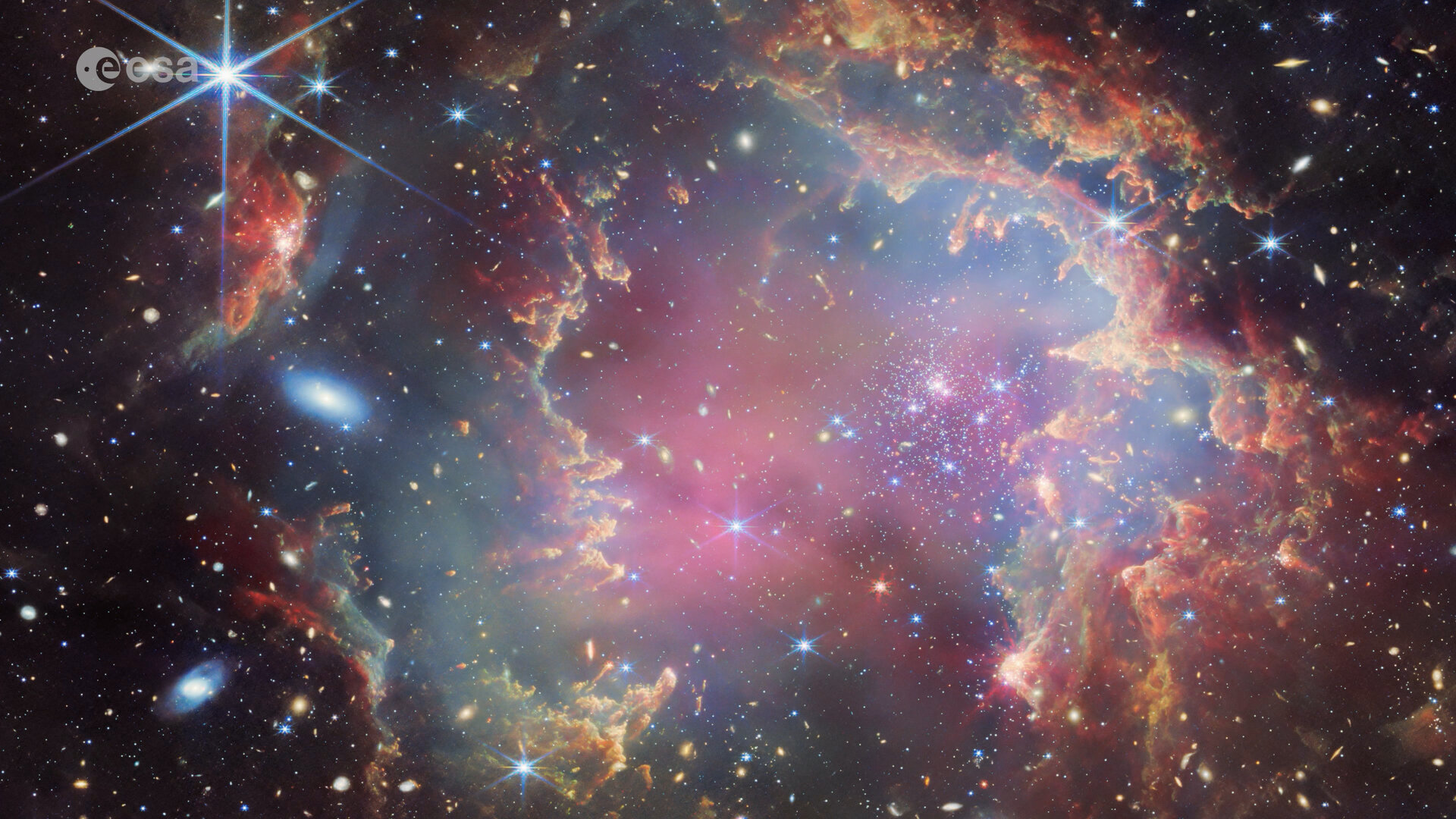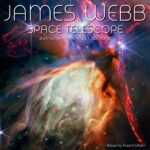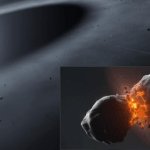Imagine a year filled with the breathtaking beauty of the universe, captured through the lens of humanity’s most advanced telescope—the James Webb Space Telescope. This 2026 Astronomy Wall Calendar invites
View larger. | Artist’s illustration of the Cassini spacecraft during a flyby of Titan. Previous analysis of data from Cassini suggested Titan had a global ocean of water beneath its
An international team of astronomers has achieved a first in probing the early universe, using the James Webb Space Telescope (JWST), detecting a supernova—the explosive death of a massive star—at
Artistic representation of the collision of two planetesimals in the circumstellar disc of the star Fomalhaut. Credit Thomas Müller (MPIA) Young star systems are a place of violent collisions. Rocks,
Comparison result between the DBSCAN algorithm and the KNN algorithm for residual RFI mitigation. Data points marked in red represent signals identified and removed as residual RFI, while those in
The transmission spectrum of TOI-732 c in the NIR. We show the spectrum and retrieved model fits for the one-offset retrieval, as discussed in Section 3.3. This model includes the
Schematic loosely sketching the parameter space accessible using the astrometric technique as compared to the transit methods of exomoon detection in the context of the moon survival rate as a
Schematic summary of COM-poor hot cores in low-metallicity environments. In the LMC, COM-poor hot cores are currently found only outside the bar region (i.e., lower metallicity, Z), where all of
On the launch anniversary of the NASA/ESA/CSA James Webb Space Telescope, ESA presents a unique compilation of zooms into stunning cosmic views. So embark on a special journey: as if
The Roswell incident remains one of the most discussed topics in UFO lore, and among the myriad individuals involved in the unfolding drama of July 1947, two names frequently surface:
-
 01From Polymerization-Enabled Folding and Assembly to Chemical Evolution: Key Processes for Emergence of Functional Polymers in the Origin of Life
01From Polymerization-Enabled Folding and Assembly to Chemical Evolution: Key Processes for Emergence of Functional Polymers in the Origin of Life -
 02Panasonic Leica Summilux DG 15mm f/1.7 ASPH review
02Panasonic Leica Summilux DG 15mm f/1.7 ASPH review -
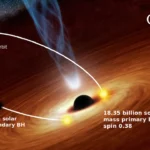 03Two Black Holes Observed Circling Each Other for the First Time
03Two Black Holes Observed Circling Each Other for the First Time -
 04How New NASA, India Earth Satellite NISAR Will See Earth
04How New NASA, India Earth Satellite NISAR Will See Earth -
 05And Thus Begins A New Year For Life On Earth
05And Thus Begins A New Year For Life On Earth -
 06Astronomy Activation Ambassadors: A New Era
06Astronomy Activation Ambassadors: A New Era -
07SpaceX launch surge helps set new global launch record in 2024


